Play Games and Earn LUCK.
Play Games and Earn LUCK.
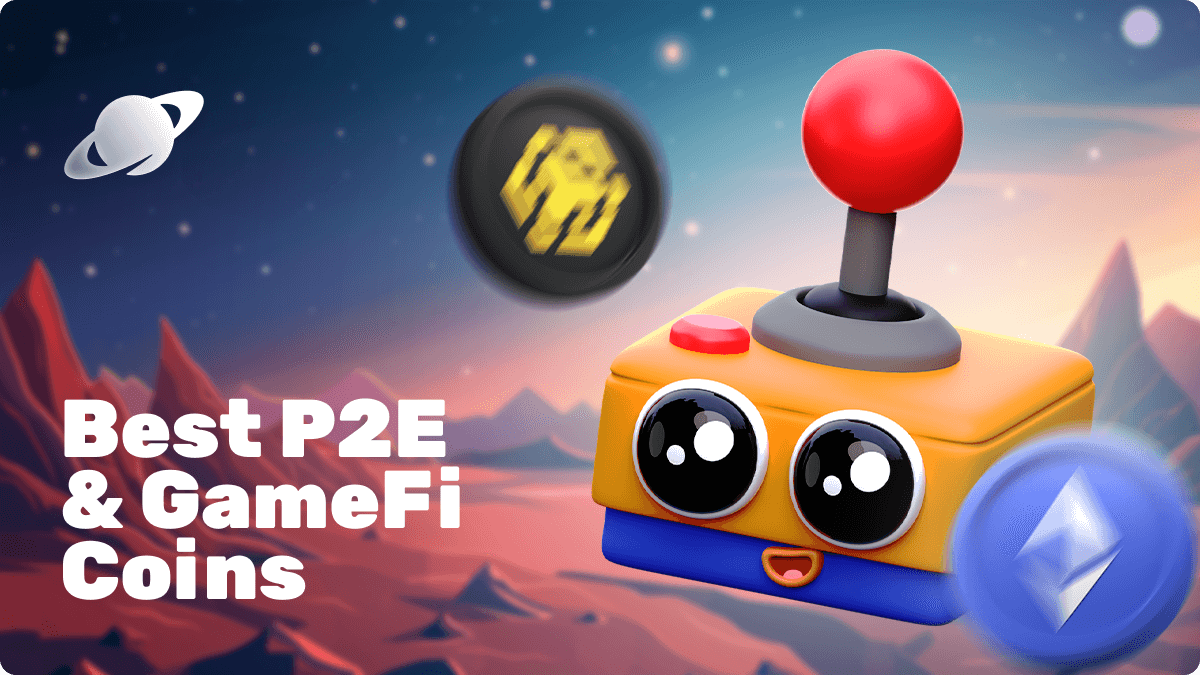
GameFi represents a groundbreaking fusion of gaming and finance, emerging as one of the most dynamic sectors within the crypto market. As a pivotal force in the Play-to-Earn (P2E) landscape, GameFi is poised to attract the next billion users to the world of web3 and cryptocurrencies. This innovative concept transcends the boundaries of traditional gaming by providing players with not just entertainment, but also financial rewards, all driven by the power of blockchain technology. With its primary appeal to the tech-savvy Gen Z audience, GameFi enables players to earn money on their gaming endeavors, transforming time and effort into tangible rewards.
GameFi, a blend of "gaming" and "finance," is a rapidly growing sector that combines the thrill of online gaming with the lucrative opportunities found in decentralized finance (DeFi) and cryptocurrencies. Unlike traditional gaming, where the financial gains are mostly reserved for game developers and platform owners, GameFi introduces a disruptive model where players can earn financial rewards through their in-game activities. This is made possible by leveraging blockchain technology, non-fungible tokens (NFTs), and cryptocurrencies, creating a decentralized economy within the gaming world.
In conventional gaming, players are typically consumers, spending money on games or in-game purchases with no expectation of financial return. The traditional model offers ROI in the form of entertainment and enjoyment. However, GameFi revolutionizes this concept by enabling players to earn, trade, and own digital assets that possess real-world value, all within a decentralized and democratized ecosystem. Blockchain technology ensures transparency and security in transactions, while NFTs represent unique ownership of in-game assets like characters, items, or land. These NFTs can be bought, sold, or traded across multiple platforms. Cryptocurrencies act as the medium of exchange within these ecosystems, facilitating seamless value transfer between players and the game environment.

Since its inception in 2020, GameFi has garnered significant attention from gamers and investors, resulting in a surge of new projects. The industry's potential is underscored by the global gaming industry's growth, which is expected to reach $212 billion by 2026, growing at a CAGR of 4.2%.
The GameFi sector specifically is projected to experience even more rapid expansion. According to a study by Fortune Business Insights, it's expected to grow at a CAGR of 21.8% from 2023 to 2030, potentially exceeding $614 billion in value. Games like Axie Infinity have catapulted GameFi into the mainstream, contributing to this projected growth. Furthermore, Grand View Research predicts that blockchain gaming will be the fastest-growing segment within the gaming industry. They anticipate a growth rate of 68.3% for blockchain gaming from 2023 to 2030, significantly outpacing the overall online gaming industry's 13.4% growth rate during the same period.
Here’s an overview of some of the top GameFi projects currently making waves in the crypto market. We’ve explored both well-established and new projects that are shaping the industry, evaluating them based on their user base, market performance, and growth potential. This list includes not only popular gaming tokens but also key projects that offer the essential infrastructure to drive the GameFi ecosystem forward.

Ronin is a blockchain tailored for gaming, specifically designed to support player-owned economies and overcome the challenges of scalability and high transaction fees that hindered early P2E projects in the blockchain gaming space. Created by Sky Mavis, the developers behind the popular crypto game Axie Infinity, Ronin is an Ethereum Virtual Machine (EVM)-compatible blockchain that uses a Proof-of-Authority (PoA) consensus mechanism. This approach prioritizes efficiency and scalability, with a future transition planned to a Proof-of-Staked-Authority (PoSA) model to enhance decentralization and security. RON, the native token of the RONIN network, is central to the ecosystem, facilitating transactions and governance. Beside Axie Infinity, the Ronin (RON) network supports a growing portfolio of play-to-earn (P2E) games, including:
Ronin's strong community and developer support, combined with its association with Axie Infinity and its parent company, Sky Mavis, position it as a key player in the GameFi space. In 2024, the Ronin network plans to further decentralize by transitioning to a PoSA model, which will open validator roles to RON token holders, enhancing network security and aligning with blockchain's decentralized ethos of distributed consensus.
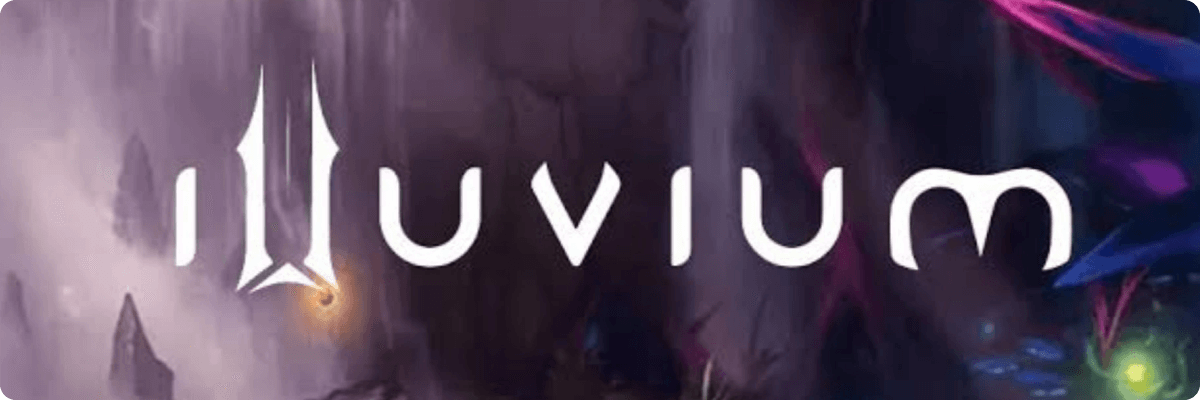
Illuvium stands out as the first AAA-quality game on the Ethereum blockchain, merging open-world exploration with creature collection mechanics. Players explore a visually stunning landscape, capturing and battling creatures called Illuvials, each with unique attributes like Air, Earth, Fire, Nature, and Water. These creatures are represented as NFTs, which can be traded, upgraded, and used in battles. Using Immutable X's Layer-2 technology, Illuvium offers a gas-free trading experience on its decentralized exchange, IlluviDEX.
The ILV token is multifunctional within the Illuvium ecosystem, serving as a reward for players, a staking asset, and a governance token through the Illuvium DAO. Players can also choose to use the sILV token for immediate in-game transactions. With a community of over 600,000 Discord members, Illuvium is highly active on social media and has a vibrant player base.
Looking ahead to 2024, Illuvium plans to release new titles and expand its ecosystem, reinforcing its position as a leader in blockchain gaming.

Rollspace is a rising star in the GameFi sector, operating on Blast L2. The platform offers a unique gaming experience with PvP games like YOLO, Coin Flip, Dice, and Crash, where players can earn Ethereum (ETH). Rollspace focuses on true multiplayer competition, bypassing the frustrations of algorithmic opponents. Prioritizing privacy, Rollspace requires only a crypto wallet for gameplay, ensuring that players' personal information remains secure. The platform also allows instant withdrawals, giving players full control over their earnings without delays.
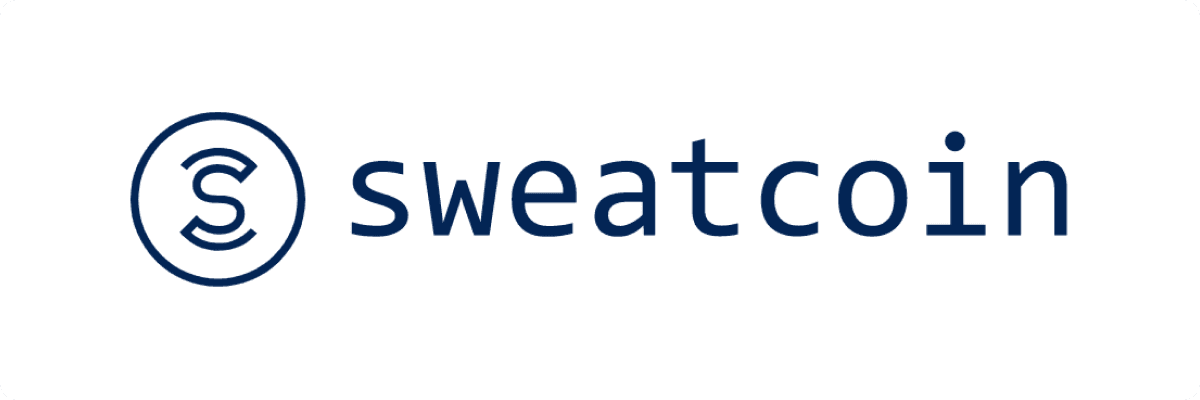
Sweatcoin (SWEAT) revolutionizes the GameFi space by turning physical activity into digital currency. This platform incentivizes fitness by converting your steps into SWEAT tokens, which can be used to purchase goods, services, or even donated to charity. With over 120 million users worldwide, Sweatcoin is one of the most popular Move-to-Earn platforms. The app’s user-friendly design eliminates the complexities of crypto onboarding, making it accessible to everyone.
Sweatcoin's integration with Web3 allows users to trade tokens on decentralized exchanges, offering an exciting way to earn while staying fit. By gamifying fitness, Sweatcoin promotes healthier lifestyles while introducing users to the GameFi ecosystem.
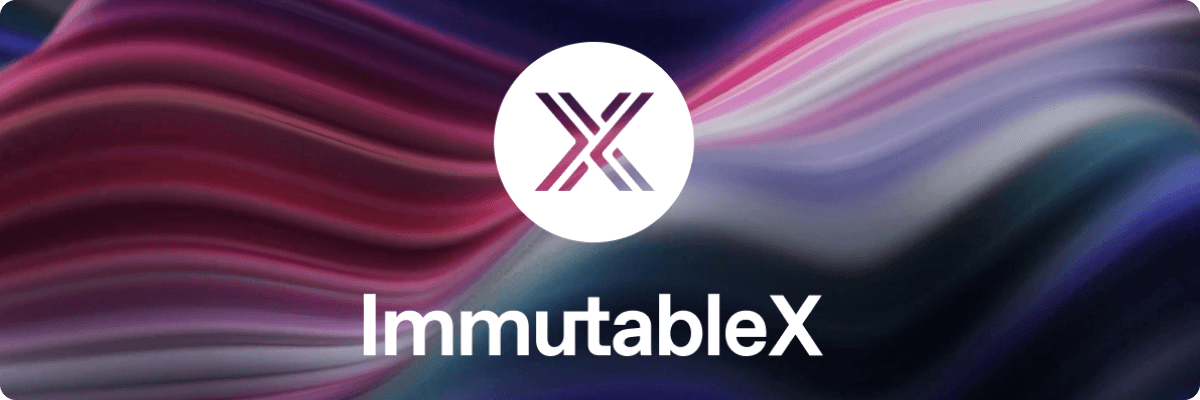
Immutable X is a pivotal Layer-2 scaling solution for Ethereum, specializing in NFT minting and Web3 gaming. Utilizing StarkWare's StarkEx ZK-Rollup technology, Immutable X enables gas-free minting of NFTs, addressing Ethereum’s scalability issues by supporting up to 9,000 transactions per second. This efficiency makes Immutable X an ideal platform for NFT transactions, with over 33 million NFTs minted and seven million trades facilitated to date.
The IMX token plays a critical role in the Immutable X ecosystem, being used for fee payments, staking, and governance. A key partnership with GameStop to launch an NFT marketplace and a $500 million fund to support NFT and GameFi projects further underscore Immutable X's significance in the blockchain gaming industry.
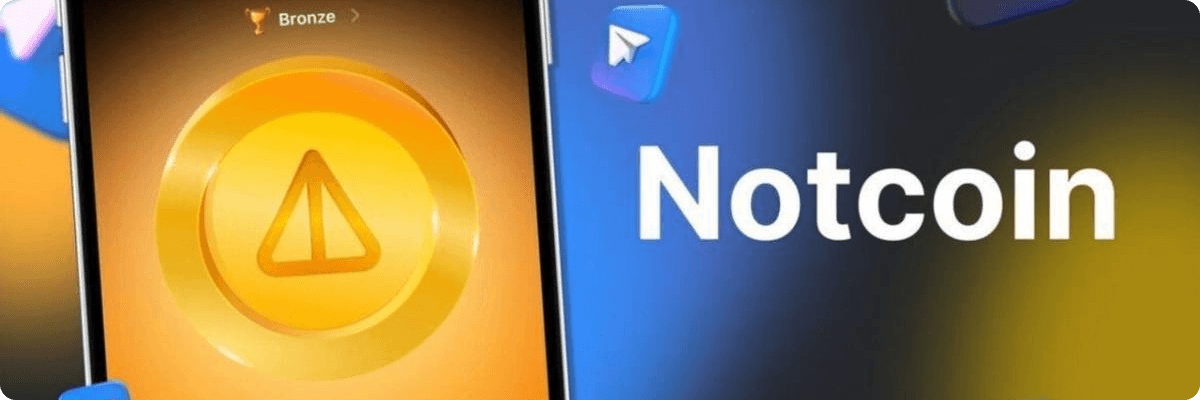
Featured by KuCoin as the 13th project on its pre-market trading platform on May 10, 2024, Notcoin is making significant strides in the GameFi sector, particularly within the TON ecosystem. This "Tap-to-Earn" game, integrated into the Telegram platform, has rapidly garnered a user base of over 35 million players. Players earn Notcoin by tapping a virtual coin within Telegram, making it one of the most accessible GameFi projects without the need for complex crypto onboarding.
As GameFi coin to watch in 2024, Notcoin stands out for its simplicity and accessibility, offering a unique twist on the GameFi model. Developers are planning to mint the NOT token on the TON blockchain, potentially giving real-world value to the tokens earned in-game.

Hamster Kombat is a Telegram-based "play-to-earn" game that combines gaming with cryptocurrency mining. Players manage a virtual crypto exchange, earning coins by tapping on a digital hamster. Launched in March 2024, the game quickly attracted millions of players, thanks to its simple yet addictive gameplay.
Hamster Kombat’s success lies in its straightforward mechanics and the social elements, such as referral programs, that encourage community participation. Additionally, the game also has a referral program, allowing you to invite friends and earn bonuses, further enhancing the community experience.
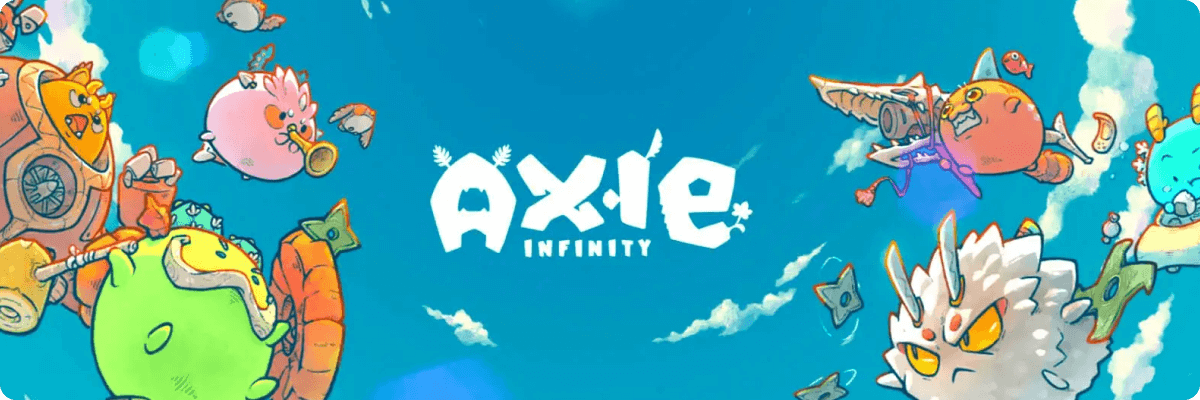
Axie Infinity, hosted on the Ronin blockchain, is a pioneering play-to-earn game where players collect, breed, and battle Axies—NFT-based creatures. Axie Infinity's dual-token economy revolves around AXS (Axie Infinity Shards) and SLP (Smooth Love Potion), with AXS serving as the governance token. Players can earn SLP through gameplay, which is used for breeding Axies or sold in the marketplace.
Axie Infinity started 2023 strong, with its average monthly players reaching 432,061 and daily peak players touching 288,201. Compared to November 2022, this represented a 59% increase in active users and a 214% increase in sales volume. Its average UAW (unique active wallets) over the past 30 days is 78.85k at the time of writing.
In 2024, Axie Infinity plans to introduce AXP (Axie experience points) and evolution utility, enhancing the game’s economic model and providing more opportunities for player engagement.
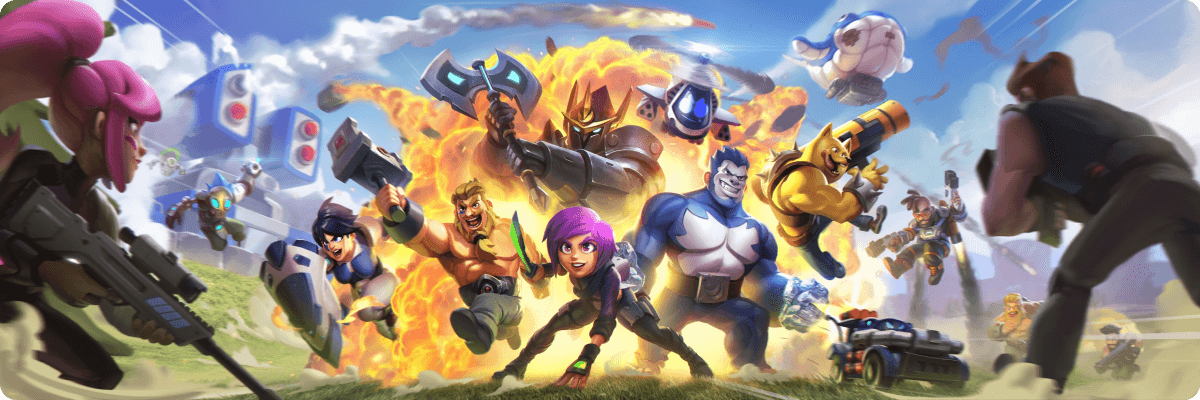
Heroes of Mavia is a mobile-first, play-to-earn strategy game built on the Ronin sidechain. Players develop and defend their land, build armies, and engage in battles to earn the in-game currency Ruby. The game integrates various NFT elements like Land, Heroes, and Statues, which provide gameplay benefits and investment opportunities.
In 2023, Heroes of Mavia achieved over one million downloads across iOS and Android before its token launch, demonstrating its appeal across both Web 3.0 and Web 2.0 gaming communities. The game reached top rankings in several key markets worldwide.
Heroes of Mavia plans to expand its ecosystem in 2024 with continuous updates, the roll-out of a land staking program, and further integration of NFTs. The game aims to blend free and paid gaming models, leveraging NFTs and cryptocurrencies to provide a unique gaming experience.

Pixels is a voxel-based, play-to-earn game on the Ronin sidechain, inspired by Minecraft. Players own customizable Land NFTs, where they can build, explore, and engage in battles. The in-game currency, PIXEL, can be earned through activities like crafting and competing in minigames, and used for purchases and governance.
After migrating from the Polygon blockchain to Ronin IN 2023, Pixels has seen significant growth, with plans to introduce a new currency, BERRY, and expand its ecosystem in 2024.
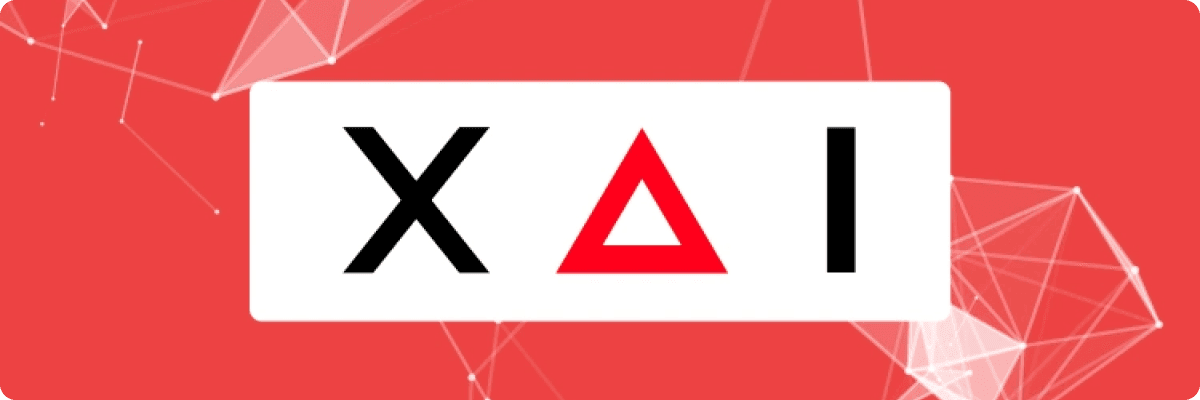
Xai is a layer 3 blockchain powered by Arbitrum technology, focusing on scalability and security for blockchain gaming. It simplifies player onboarding with features like account and wallet abstraction, making it easier for traditional gamers to transition to Web3. XAI tokens are used for governance, staking, and ecosystem development. By reducing transaction costs and increasing contract limits, Xai allows game developers to create more immersive experiences without financial or technological constraints.
In 2024, Xai aims to launch several new games and continue growing its blockchain gaming ecosystem.
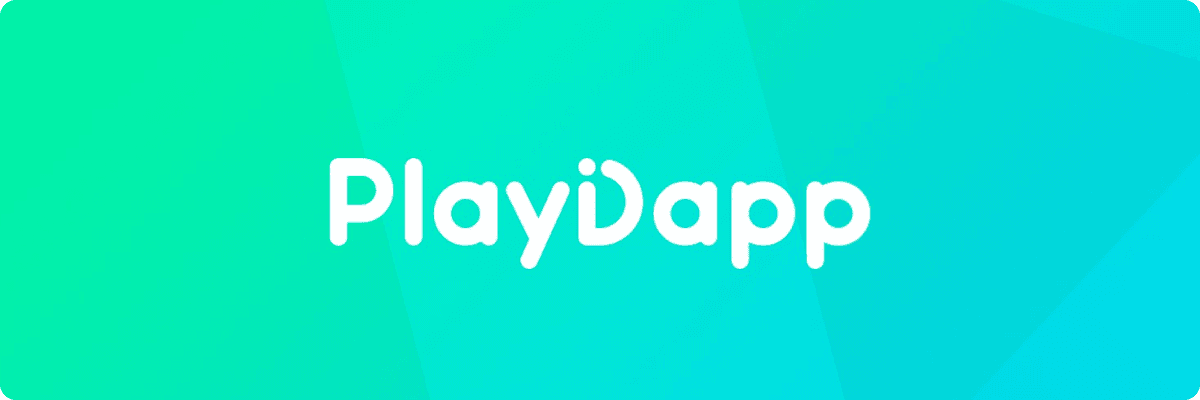
PlayDapp is a blockchain gaming platform that bridges Web2 and Web3 gaming, providing a comprehensive platform for developers and gamers. It supports the transition of traditional apps to decentralized apps (dApps) and enables the creation and trading of in-game NFTs. The native token of PlayDapp, PLA, opens under the ERC20 standard and is central to the ecosystem—used for transactions, rewards, and governance.
PlayDapp’s partnerships with major players like Microsoft and Chainlink, along with its entry into the metaverse, position it as a significant force in the blockchain gaming industry.
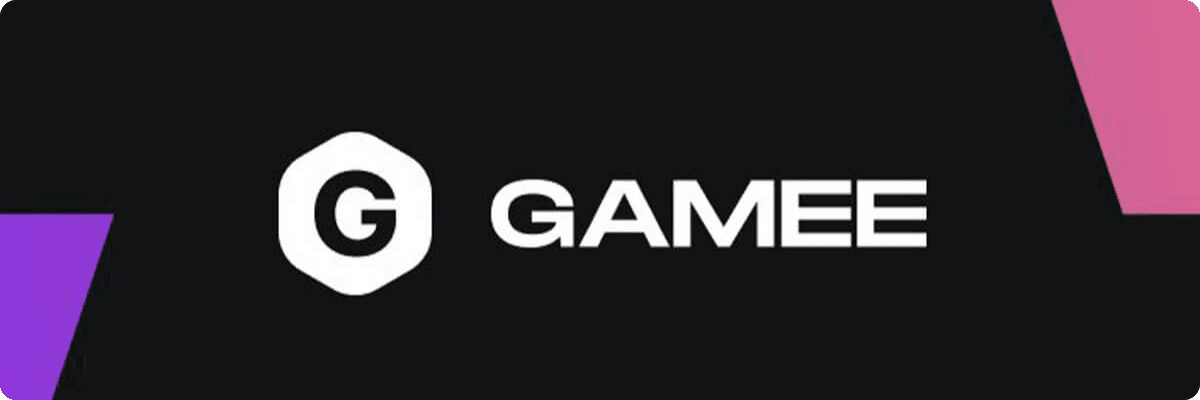
GAMEE is a mobile-first play-to-earn platform offering a variety of casual games where players can earn rewards. GMEE tokens are used for staking, in-game purchases, and governance. GAMEE has attracted over 75 million users and is expanding its game library and NFT marketplace in 2024.
The GAMEE's ecosystem includes Web2 games and Arc8, a virtual arcade that has onboarded 2.7 million people to Web3, showcasing the platform's commitment to expanding the blockchain gaming landscape.
GAMEE kicked off 2023 with a bang, releasing new P2E hits like Archer and Crypto Golf while integrating with major wallets like MetaMask to boost accessibility. They introduced gameplay-based GMEE token rewards, solidifying their play-to-earn model. Strategic partnerships with Polygon and Chainlink further cemented their position. This mobile-first platform clearly aims to be a major force in the future of P2E gaming.
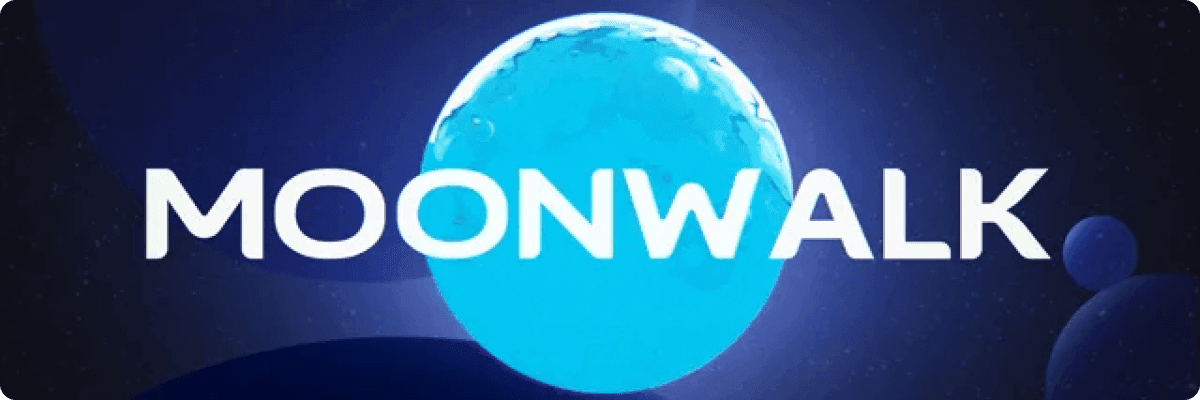
Launched in early 2023, Moonwalk.fit gamifies real-world walking and running, allowing users to earn crypto rewards while getting fit. Using the user’s phone health data and GPS tracking, the app converts steps into Lunar Energy, which can be used to purchase in-game items and participate in challenges.
Unlike other Move-to-Earn (M2E) games like STEPN and Sweatcoin, Moonwalk caters to a broader audience seeking accessible fitness activities instead of more intense exercise forms. The game’s social features include leaderboards, walking groups, and social challenges to encourage community engagement and competition. While currently offering in-game rewards, potential future cryptocurrency integration adds an exciting earning incentive.
Moonwalk launched its Android and iOS apps in early 2023 and soon gained a growing user base with active social media communities. In 2024, The Moonwalk game plans include integrating cryptocurrency rewards and developing a marketplace for trading in-game items.
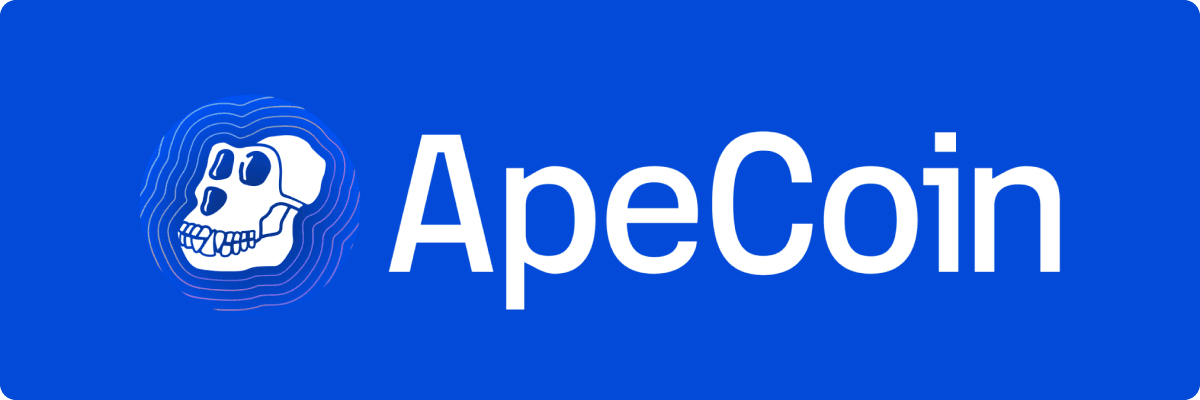
ApeCoin (APE) is the native token of the Bored Ape Yacht Club (BAYC) and Mutant Ape Yacht Club (MAYC), operating under the governance of the ApeCoin DAO—a decentralized autonomous organization where ApeCoin holders have a say in decision-making processes. Built on the Ethereum blockchain, ApeCoin is central to the BAYC ecosystem, used for transactions, staking, and governance.
In 2023, Yuga Labs minted the Otherside metaverse lands, which saw remarkable sales and heightened interest in the ApeCoin ecosystem. This initiative underscores ApeCoin's utility within the metaverse, particularly in transactions and as an incentive in play-to-earn (P2E) games like Benji Bananas by Animoca Brands.
The ApeCoin DAO is launching ApeChain, a Layer-2 scaling solution integrating Arbitrum technology, set to affect the APE token's utility and governance significantly. The decision, backed by 25 million APE tokens via community vote, shows a preference for Arbitrum's blockchain governance. This move aims to boost ApeCoin's functionality, efficiency, and ecosystem growth. APE tokens will serve dual roles in ApeChain as gas and governance tokens, increasing the ApeCoin DAO community's involvement in decision-making.
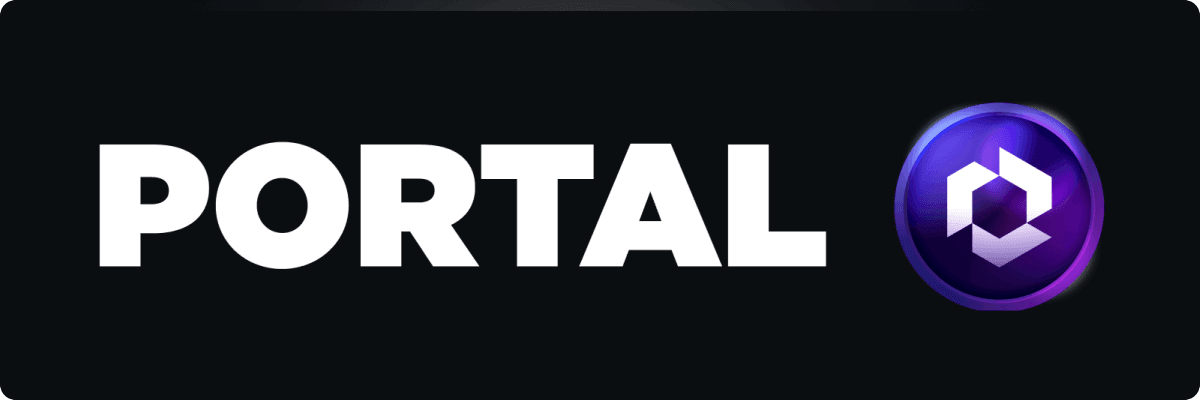
Portal Gaming is a pioneering cross-chain gaming ecosystem that bridges the gap between Web3 and mainstream gaming audiences. Built on the LayerZero blockchain, Portal seamlessly integrates with Solana and Polygon, creating a unified ecosystem that simplifies interaction with on-chain gaming environments. This platform acts as a centralized gateway to Web3 gaming, addressing the complexities of managing multiple cryptocurrencies and tokens across different games.
The native token, $PORTAL, plays a crucial role within the ecosystem, facilitating transaction fees, platform payments, governance participation, and staking for game distribution. It also grants exclusive access to NFTs and powers the core infrastructure through node purchases. With a total supply fixed at 1 billion tokens, all minted at genesis, $PORTAL is vested in the community treasury over time, ensuring a stable and sustainable token economy.
Portal Gaming emphasizes community engagement and developer support, aiming to create a hub that unites gamers, developers, and content creators. The platform offers an extensive library of over 200 games, with features like personalized recommendations and cutting-edge security measures to protect users. Developers benefit from grants, funding opportunities, wide distribution across both Web3 and mainstream platforms, and valuable insights through audience data. Additionally, Portal's seamless integration capabilities support a variety of game types and APIs, enhancing the overall gaming experience.
Portal Gaming gained significant attention following its listing on the Binance Launchpool, propelling it into the spotlight as a leading player in the GameFi space.
GameFi represents a transformative shift by merging gaming with decentralized finance (DeFi), sparking a debate about its advantages and disadvantages compared to traditional gaming.
Financial Incentives: GameFi's play-to-earn models offer players the opportunity to earn cryptocurrency or NFTs through gameplay. This model democratizes financial opportunities on a global scale, leveraging blockchain's inherent transparency and inclusivity.
Ownership and Interoperability: Unlike traditional games, where in-game assets are controlled by the game developers, GameFi allows players to truly own their assets in the form of NFTs. These assets can be traded or used across different platforms, turning players into stakeholders in the game’s economy.
Supports Crypto Adoption: By intertwining gaming with DeFi, GameFi introduces a large audience to the world of cryptocurrencies
Bridging Entertainment and Economic Opportunity: GameFi merges the thrill of gaming with real economic rewards, promoting digital ownership, financial literacy, and the principles of decentralized finance. This blend enhances GameFi's significance within the broader blockchain industry.
Higher Entry Barriers: Traditional gaming allows users to jump in with minimal hassle—typically by creating an account and starting to play. In contrast, GameFi requires a deeper understanding of cryptocurrency, wallets, and blockchain technology, which can be a barrier to entry for those unfamiliar with these concepts.
Market Volatility: GameFi participants must navigate the volatile cryptocurrency market. While market fluctuations can add excitement, they can also lead to significant disappointment due to the unpredictable nature of crypto assets.
The idea of earning while playing and owning in-game assets makes GameFi an attractive venture. However, it is crucial to approach this space with caution, as it comes with its own set of risks and complexities. Here are some key factors to consider:
Volatility and Speculation: The GameFi market is highly volatile, with token prices often influenced by hype, game updates, and broader market trends. It is important to invest only what you can afford to lose.
Security Risks: GameFi projects are susceptible to technical risks such as smart contract vulnerabilities, hacks, and rug pulls. Prioritize projects that have undergone reputable audits and implement strong security measures.
Regulatory Uncertainty: The regulatory landscape surrounding GameFi remains unclear, with potential implications for projects and their associated tokens. Stay informed about any changes that could affect your investments.
Sustainability and Utility: Many GameFi projects struggle with sustainable gameplay and long-term token utility. Before investing, evaluate the project's gameplay, tokenomics, and the experience of the development team to gauge its potential longevity and engagement.
Environmental Impact: The high energy consumption of blockchain technology can be a concern for environmentally conscious players. Look into the sustainability efforts of the GameFi projects you are considering.
Poor User Experience: Compared to traditional gaming, GameFi often suffers from lower speeds and higher transaction costs, which can negatively impact the overall user experience.
The future of the GameFi sector is promising, with experts forecasting significant growth. The GameFi market is expected to expand from 3% of the gaming industry in 2023 to 10% in 2024, indicating substantial potential. Key factors driving this growth include the increasing importance of player ownership, more immersive gaming experiences, and the integration of AI and blockchain technologies.
However, for GameFi to achieve its full potential, it must overcome challenges such as improving gameplay quality, easing in-game purchase apprehensions, and navigating an evolving regulatory environment.
What are GameFi coins?
How to buy GameFi tokens?